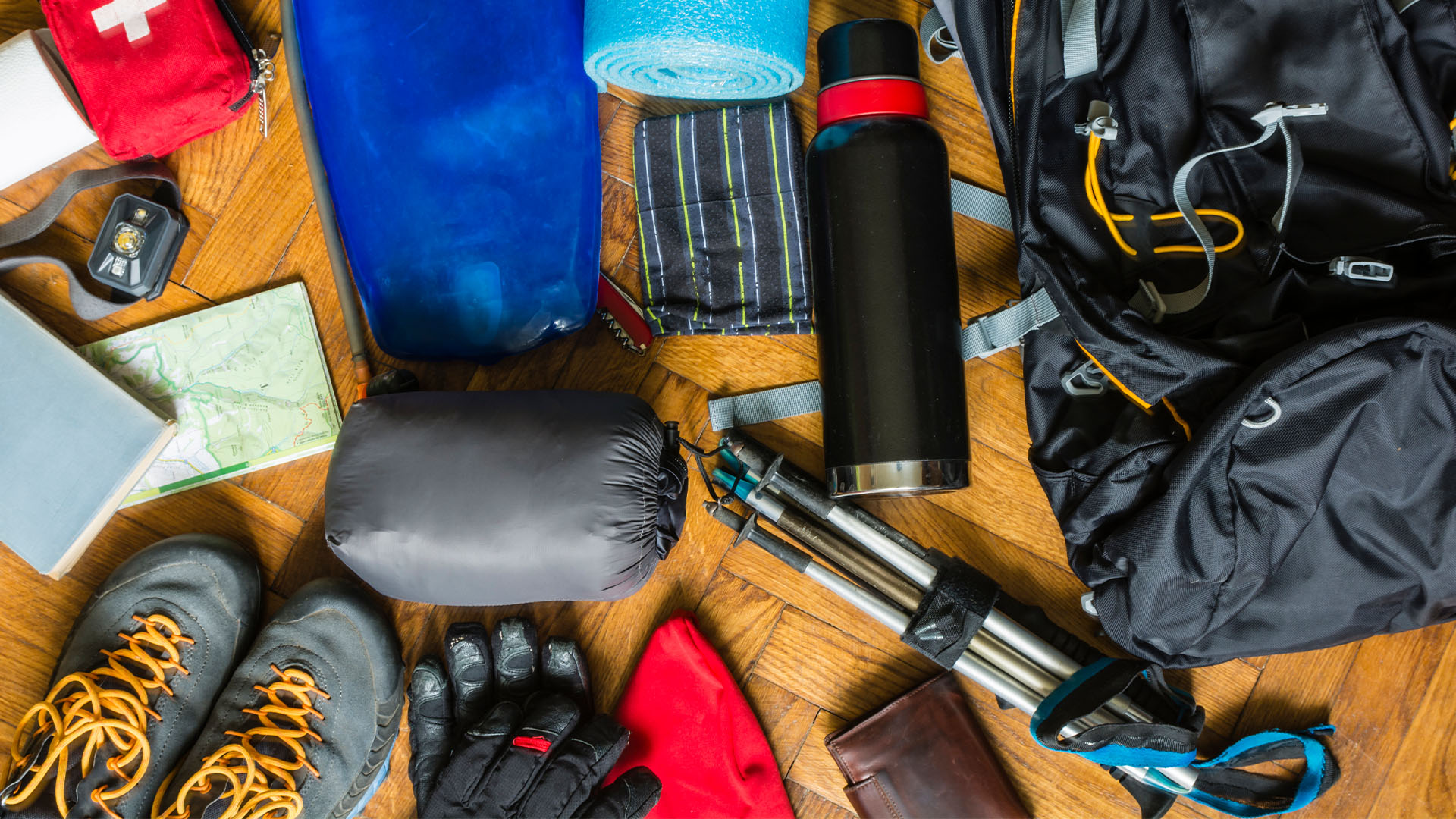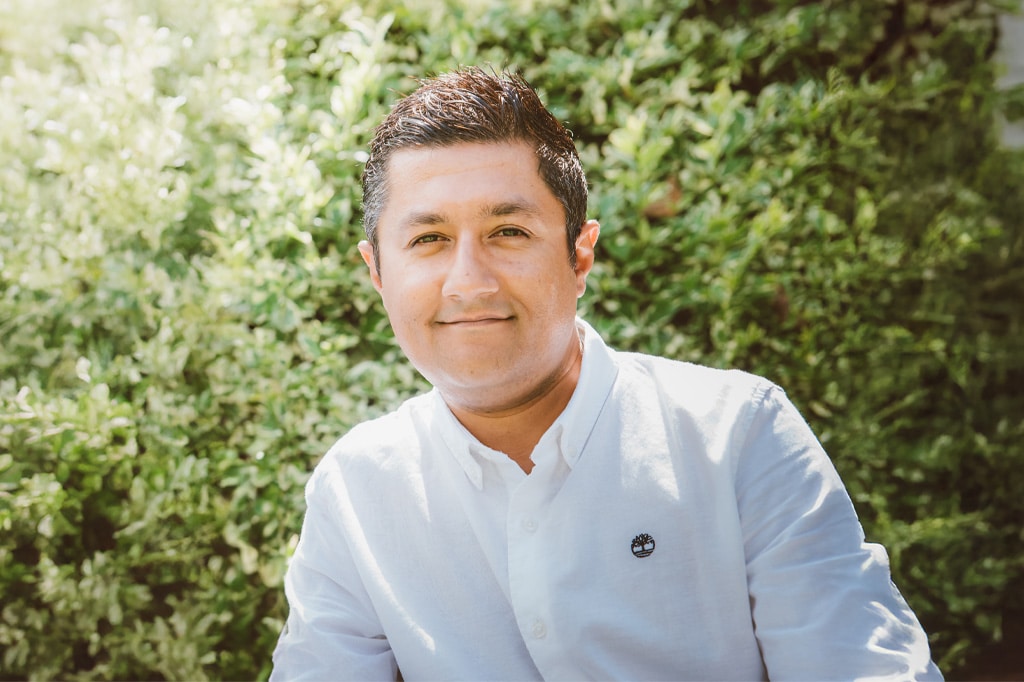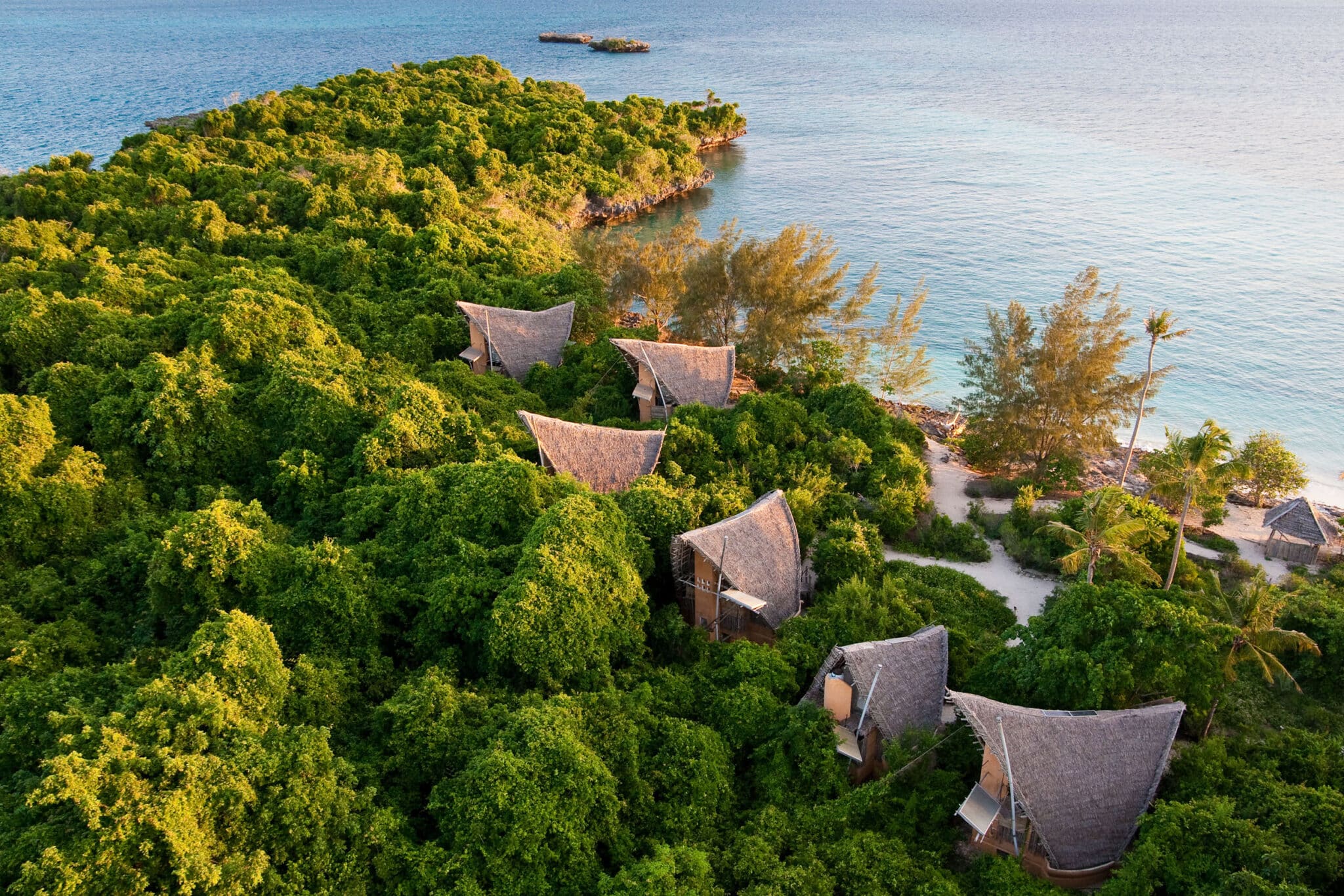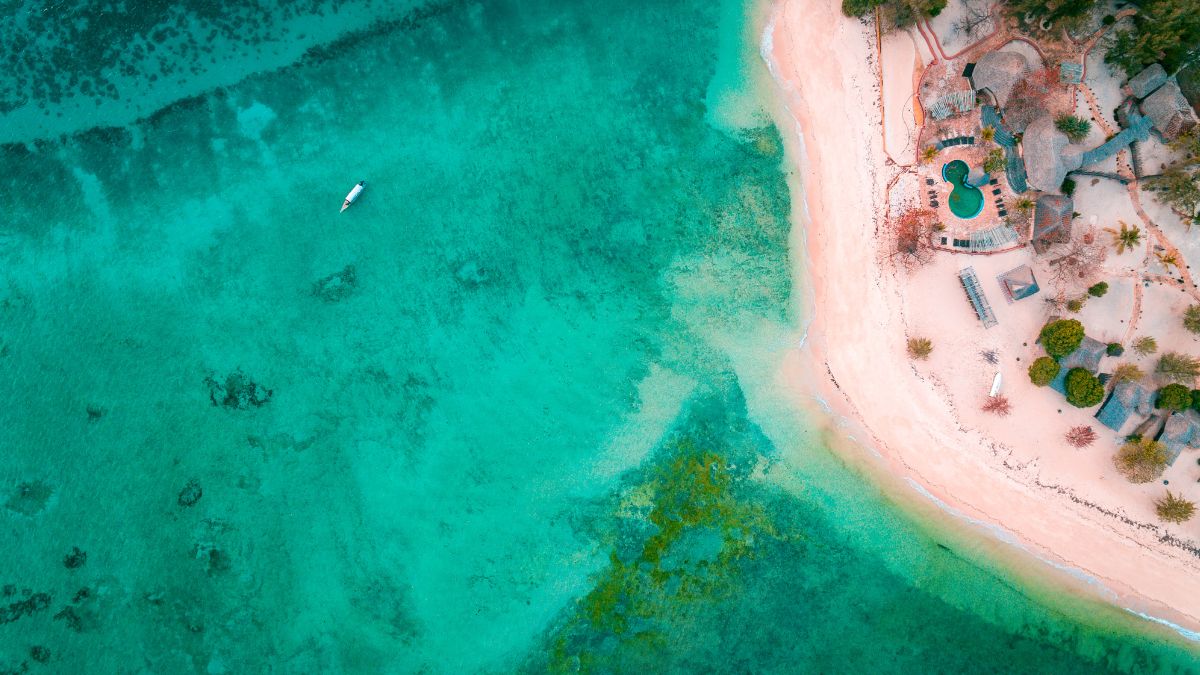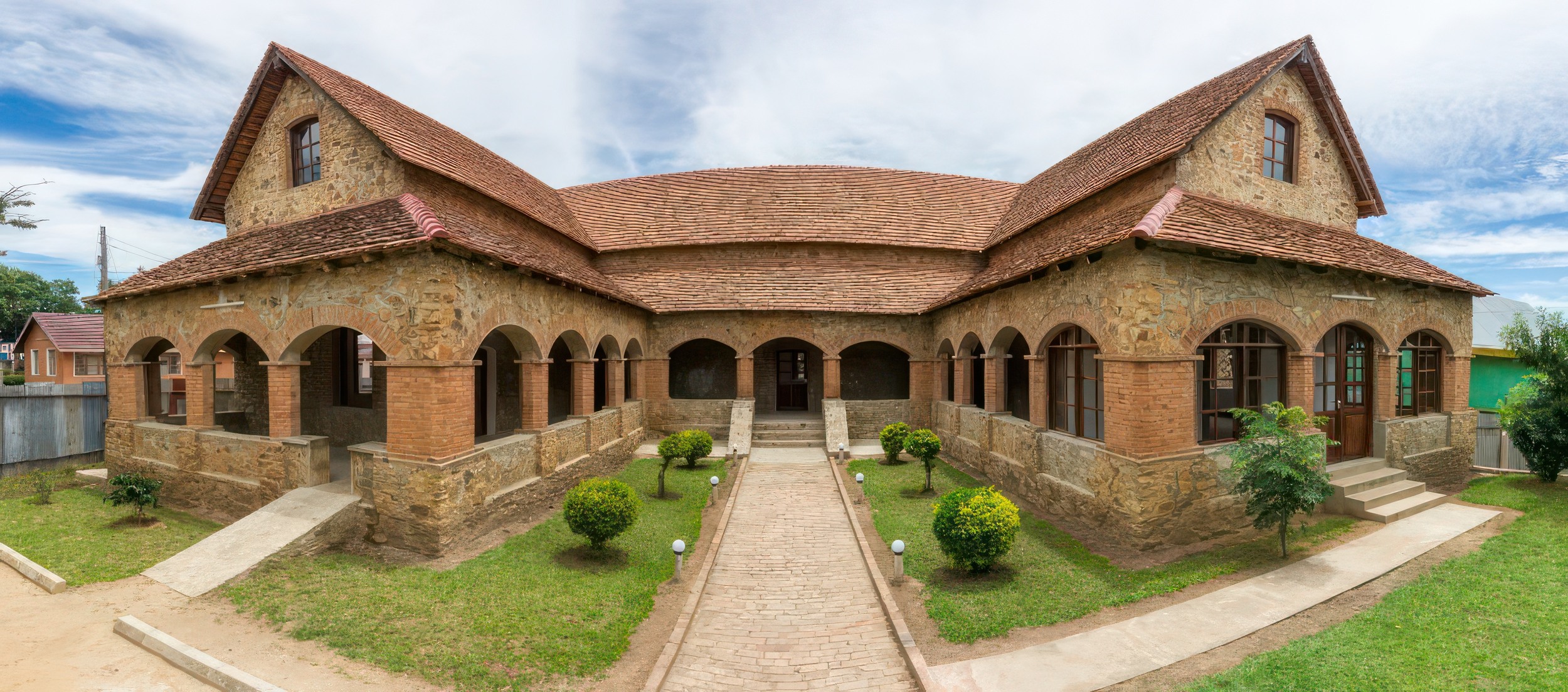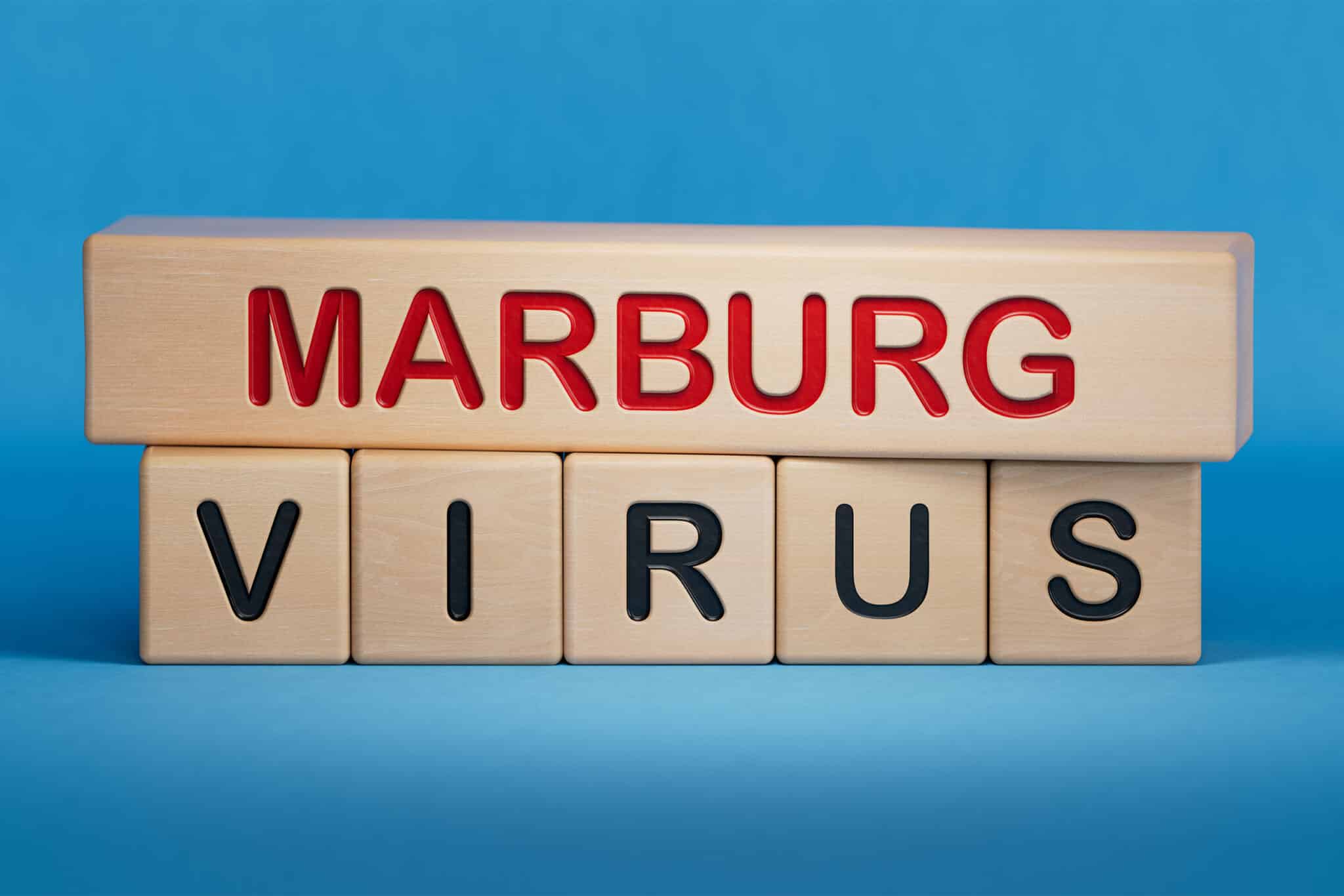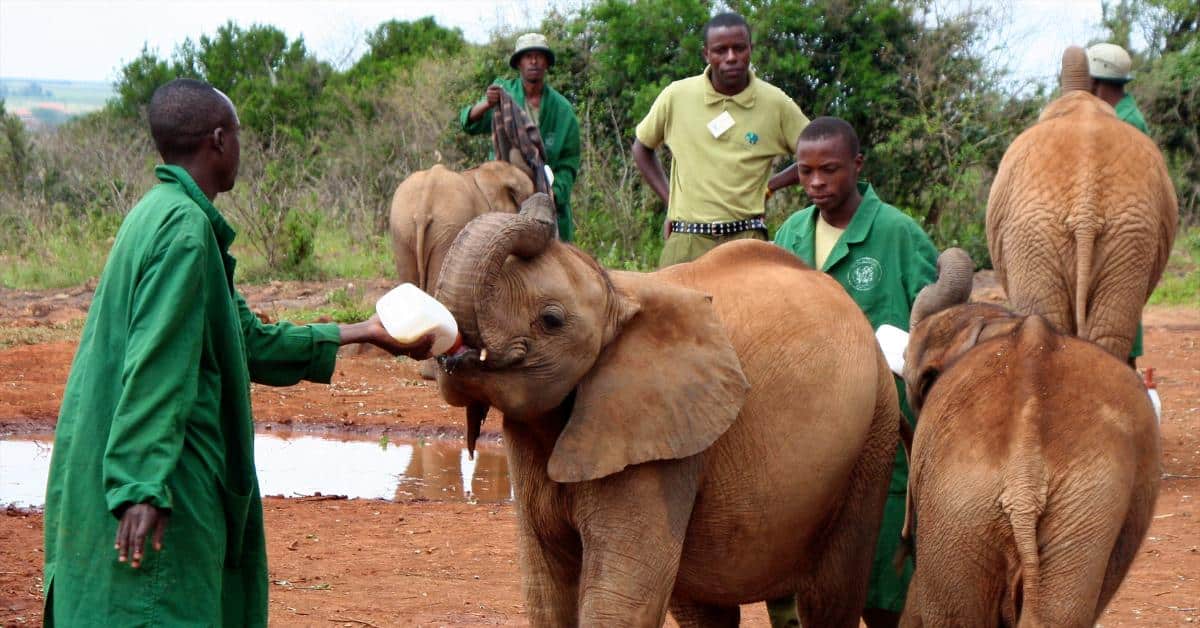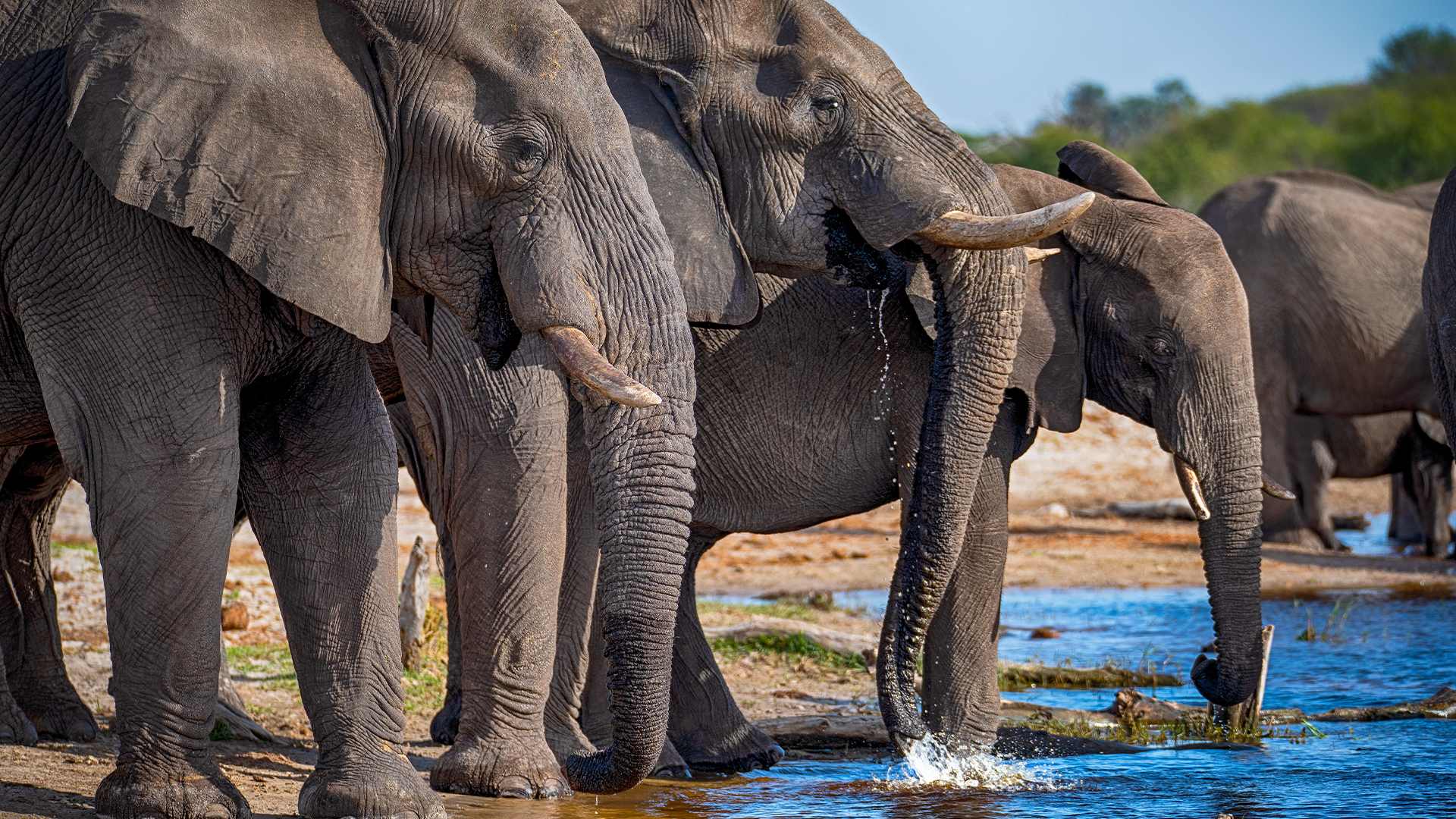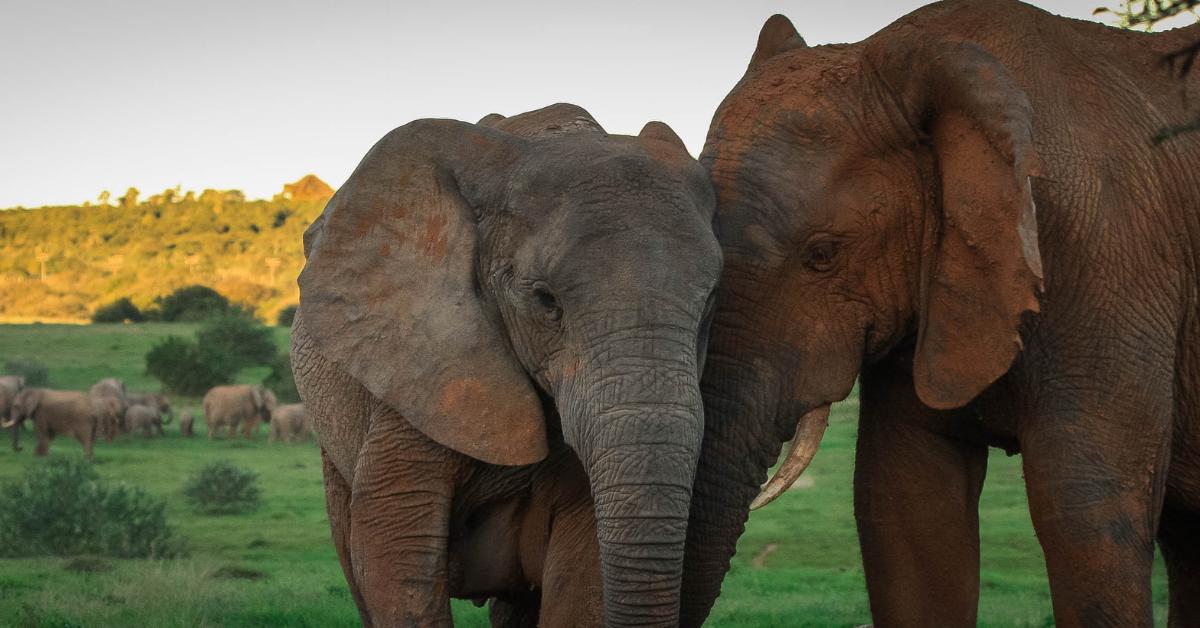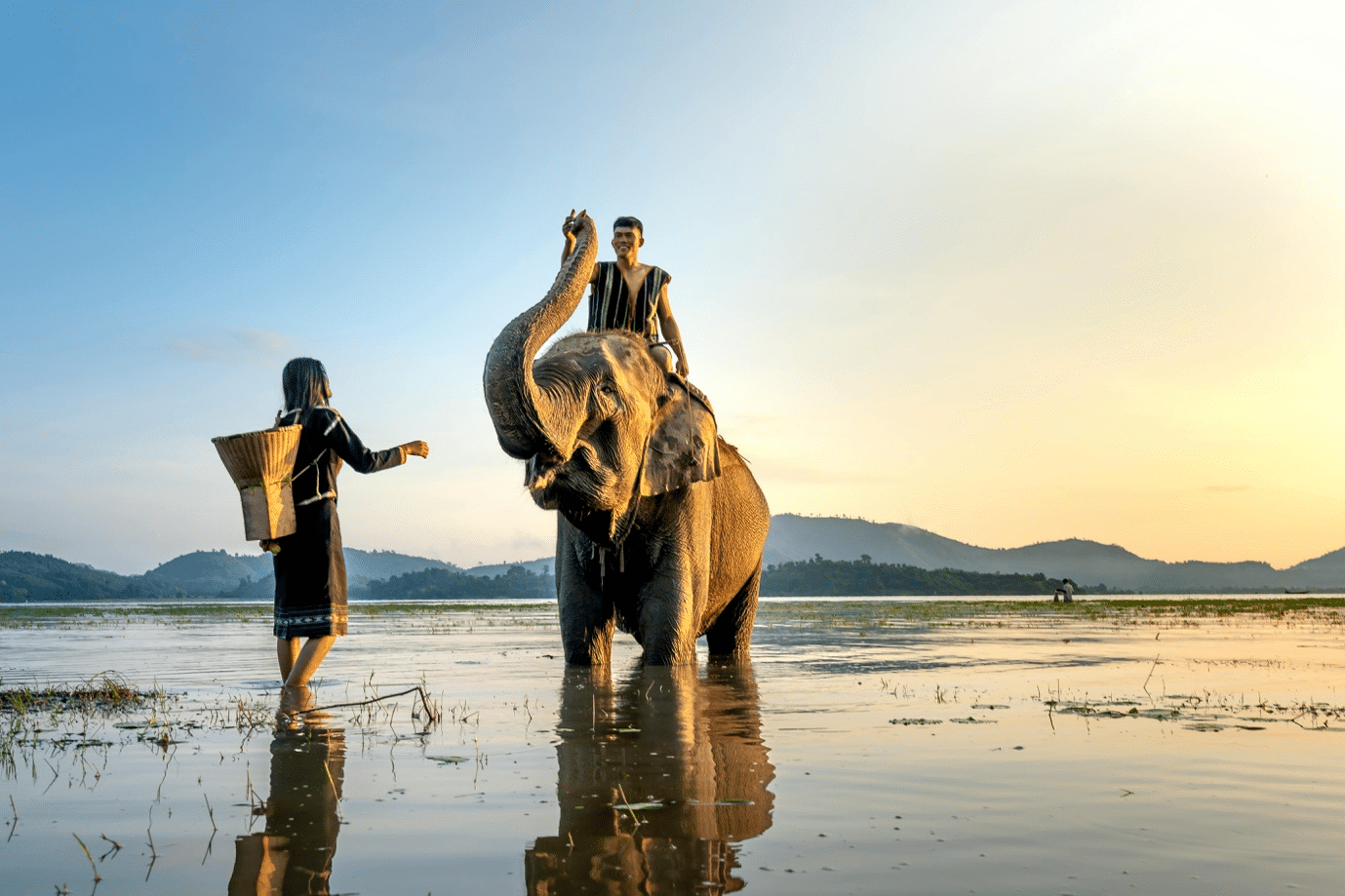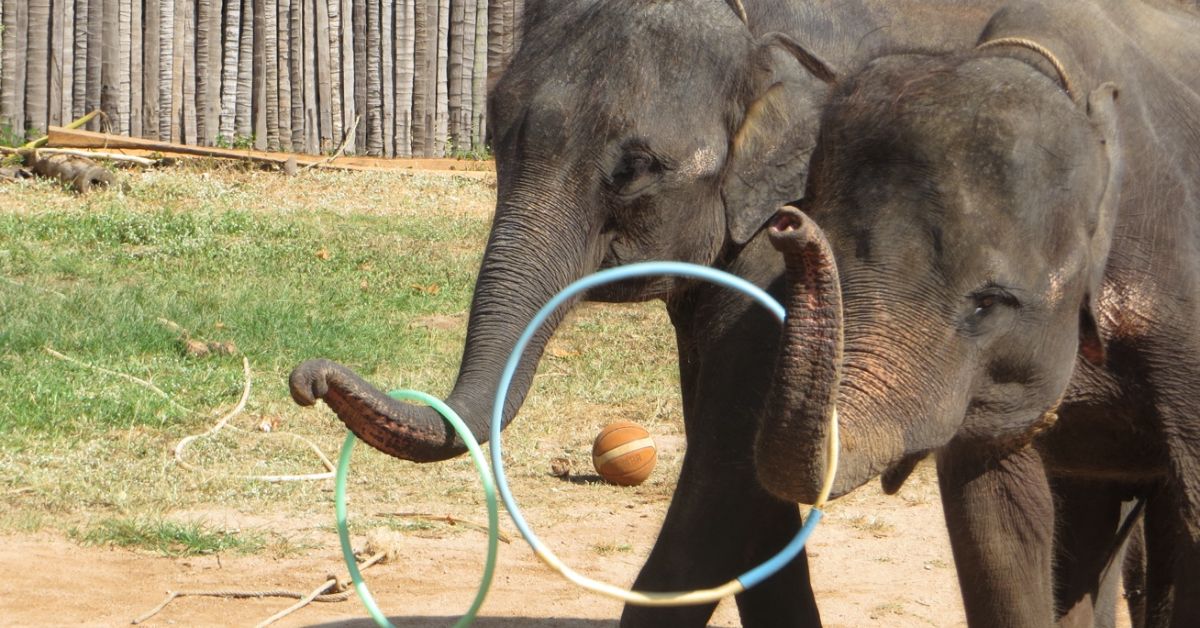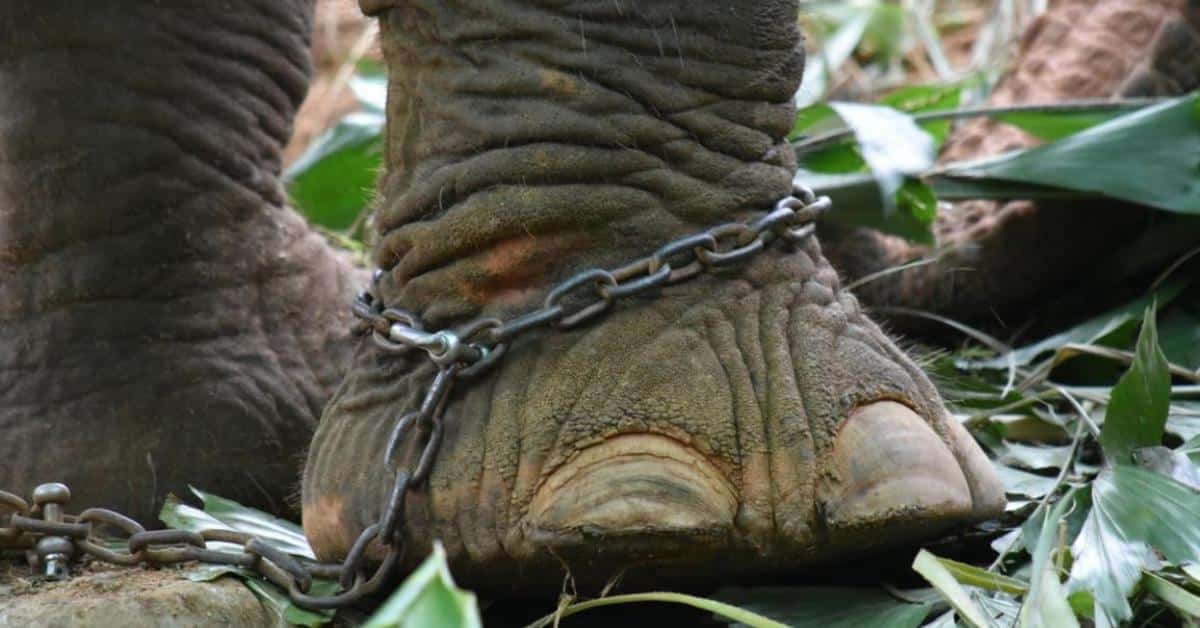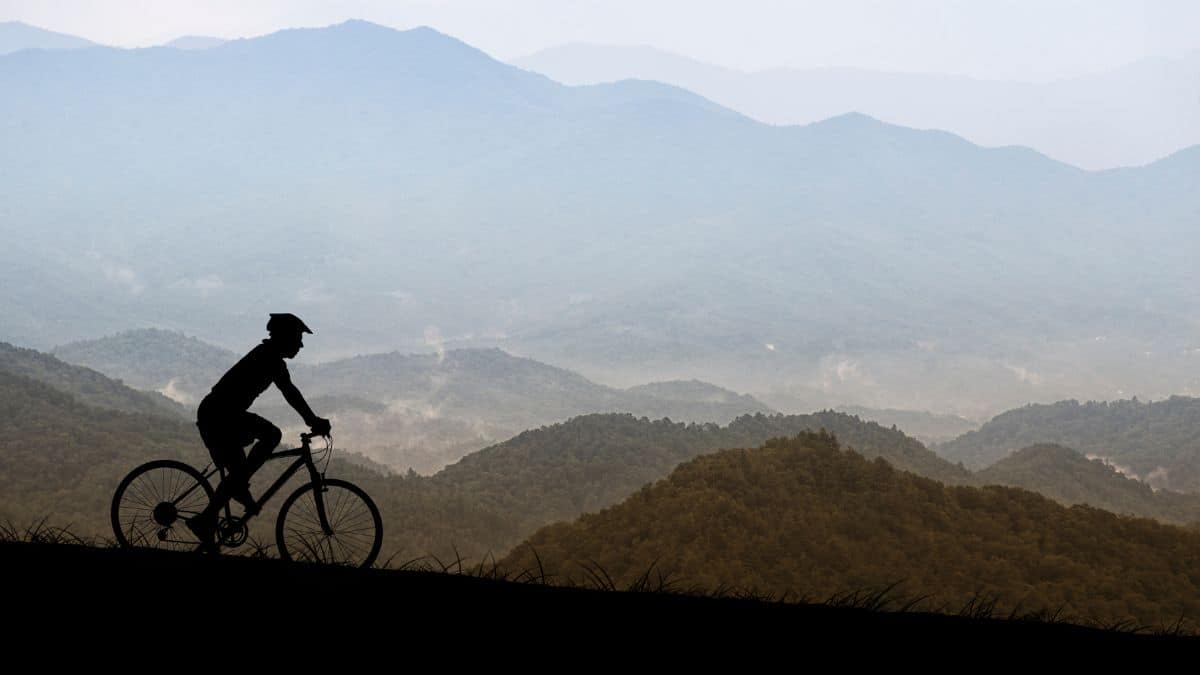Climbing Mount Kili is a rigorous adventure and knowing the ultimate packing list for Kilimanjaro climb will be a great help.
That’s why we at Easy Travel made this guide so that you will pack the right things for a successful Kili climb. The coldness, the elevation, and the mountain’s changing weather conditions are only some of the challenges you’ll face.
Nonetheless, these challenges are bearable as long as you have packed the right gear along with other climbing essentials.
So, what are the ultimate packing list for Kilimanjaro climb? Among the ultimate packing list for Kilimanjaro climb, are warm clothing, footwear, headgear, and other essential equipment that will be discussed further below. To dive more into what you should pack, see our extensive list below.
Ultimate packing list for Kilimanjaro: Clothing
Due to the altitude of Kilimanjaro, the mountain can create its own micro-climate, making the weather changeable above cloud level. This means that you’re exposed to a variety of elements, and your body will undergo an immense temperature change from 18°C in the rainforest and -5°C on the summit.

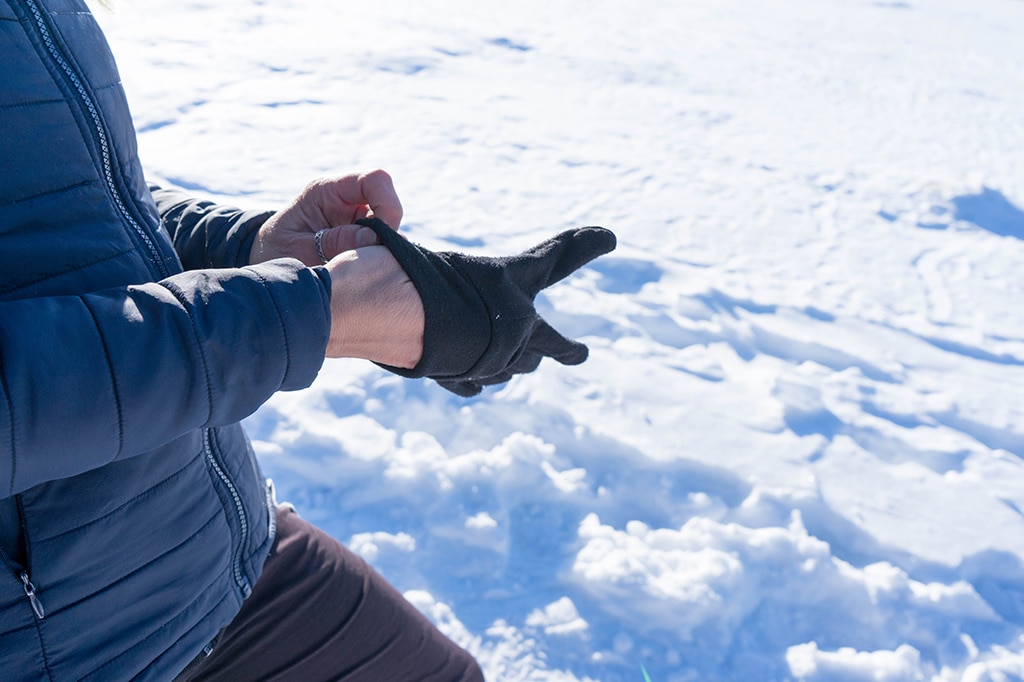
However, the -5°C can drop quickly with the wind. But, this is tolerable as long as you have the right clothing and other climbing essentials.
The trick here is to wear layers of clothing that can easily be removed or added, depending on the changing weather condition. So, without much further ado, here are the pieces of clothing that you need to pack:
1. Packing list #1: Wind and waterproof jacket and trousers
Make sure to opt for a breathable outer layer to prevent moisture from seeping and keep you dry inward. It’s also best that your jacket has a hood and can fit other fleece layers, as well as lightweight.
2. Packing list #2: Thick fleece
A thick fleece or a down jacket is vital for summit night or evenings on the mountain. This is because the temperature can drop significantly during the nighttime.
Apart from the fleece jacket and the lightweight down jacket, you may also need an outer shell over the top to keep you warm during the biting cold temperature at night.
3. Packing list #3: Insulated gloves and mitts
Having insulated gloves are a must in keeping your hands warm during the cold weather on the mountain. It would be preferable to have both fleece gloves with waterproof outer and thin inner gloves.
These two will be vital on your Kilimanjaro climb, but a pair of mitts would be best in keeping your hands warm during the summit day.
4. Packing list #4: Midlayer fleeces
Midlayer fleeces are good for insulation. It’ll provide you extra warmth, particularly during summit night.
5. Base layers or thermals
Base layer clothing or thermals are essential items that add a necessary warmth during cold evenings and summit nights. If you’re a woman, it would be best to bring some leggings for the first few days of trekking.
6. Packing list #5: Hiking tops
When it comes to upper wear, it’s best not to go for cotton. Instead, opt for quick-to-dry trekking tops and bring with you two to three pieces to prevent overpacking.
7. Packing list #6: Several pairs of underwear
One of the most necessary items you need to bring is your underwear. It’ll keep you hygienic during your journey up the mountain.
Bring some pairs of clean underwear with you and opt for synthetic or merino wool material—a softer and thinner wool version. The merino wool has a natural odor resistance, wet insulation, moisture-wicking, and most importantly, fast drying.
8. Packing list #7: Trekking shorts or trousers
Quick-dry, quality shorts or trousers are preferable on your Kilimanjaro adventure. Trekking trousers have several compartments and can be converted into shorts for a more comfortable hike.
Take at least two pairs of these trousers with you for a more comfy trek.
Now, let’s talk about footwear.
Footwear
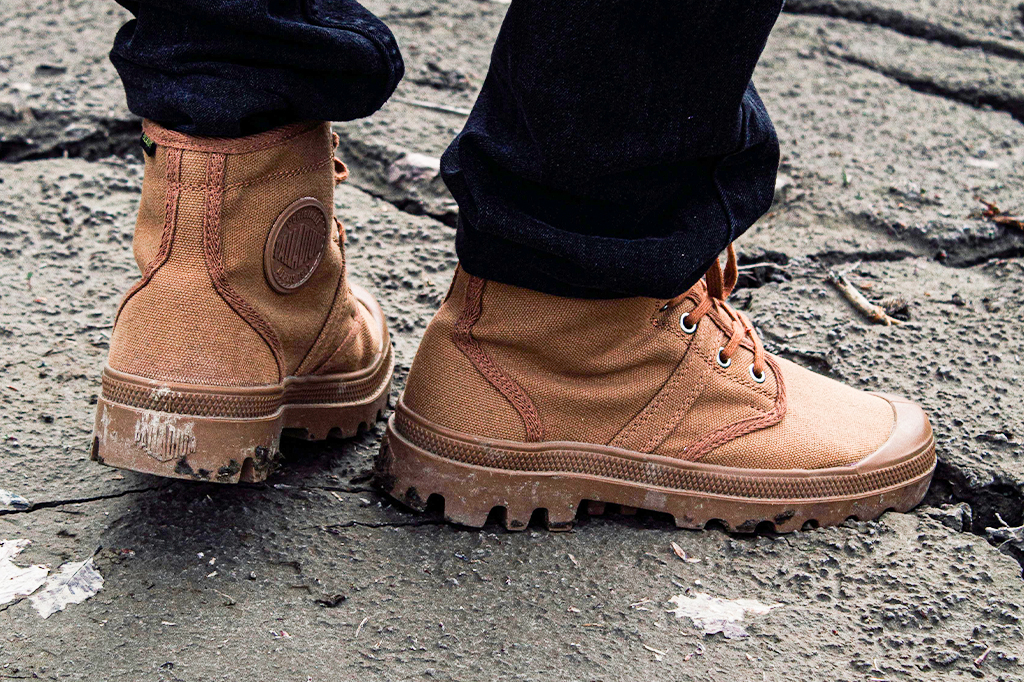
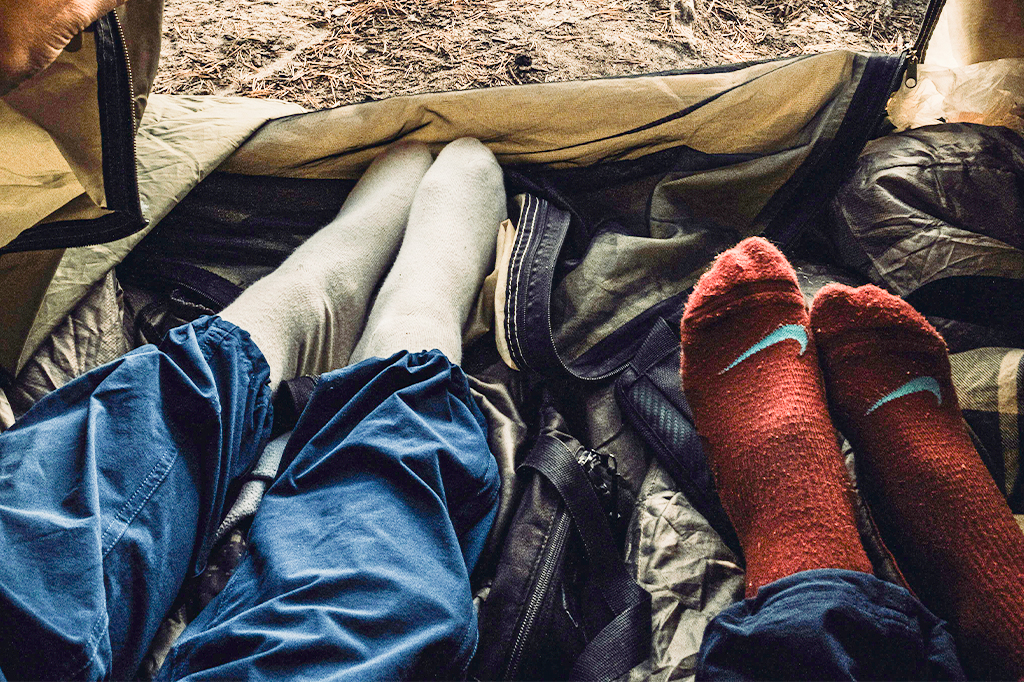
Nothing is more important than a safe and comfortable trek, and footwear is one of the great contributors to your comfort and safety. Comfortable and fitting footwear will prevent you from foot pain and blisters along your climb up the mountain.
Moreover, make sure to cut your nails short before setting off on your African adventure. It would also be helpful to take blister pads with you just in case and change your socks daily for your hygiene.
1. Packing list #8: Walking boots
When you go trekking, leather boots are the best. Just ensure they’re well-covered in dubbin to lock out water. Opting for fabric boots will get you in trouble once you’re drenched in the rain.
Make sure the boots you choose have proper ankle support and possess a stiff midsole to prevent getting bent too much.
2. Packing list #9: Camp footwear
Due to the varied condition and terrains of the mountain, you may need to switch shoes in between. Bring camp footwear with you and change your boots when you reach the camp, letting them air out.
You may bring camp shoes, such as lightweight shoes or sandals, as you’ll use them during your toilet visits.
3. Packing list #10: Spare footbed and laces
Some terrains in Kilimanjaro can be pretty ruthless, so a spare footbed and pair of laces can be a great comfort. It’ll save you if your current footbed gets damp.
4. Packing list #11: Trekking socks
Another must-have item on your climb is trekking socks. Bring at least five pairs for five consecutive days and special woolen-mix socks as they’re the warmest. However, check first if they fit snugly in your boots.
Headwear


Protecting your head from the heat of the sun is a must while you trek to prevent sunburn and sunstroke. Thus, bringing hats and other headgears with you is a must.
1. Brimmed hat
A brimmed hat can help lessen your exposure to the harsh heat of the sun. It must be worn during sunny days to protect yourself from potential heatstroke or sunburn.
2. Sunglasses
UV rays are particularly strong in the mountain as you ascend. Thus, you’ll need UV glasses for eye protection.
Equipment
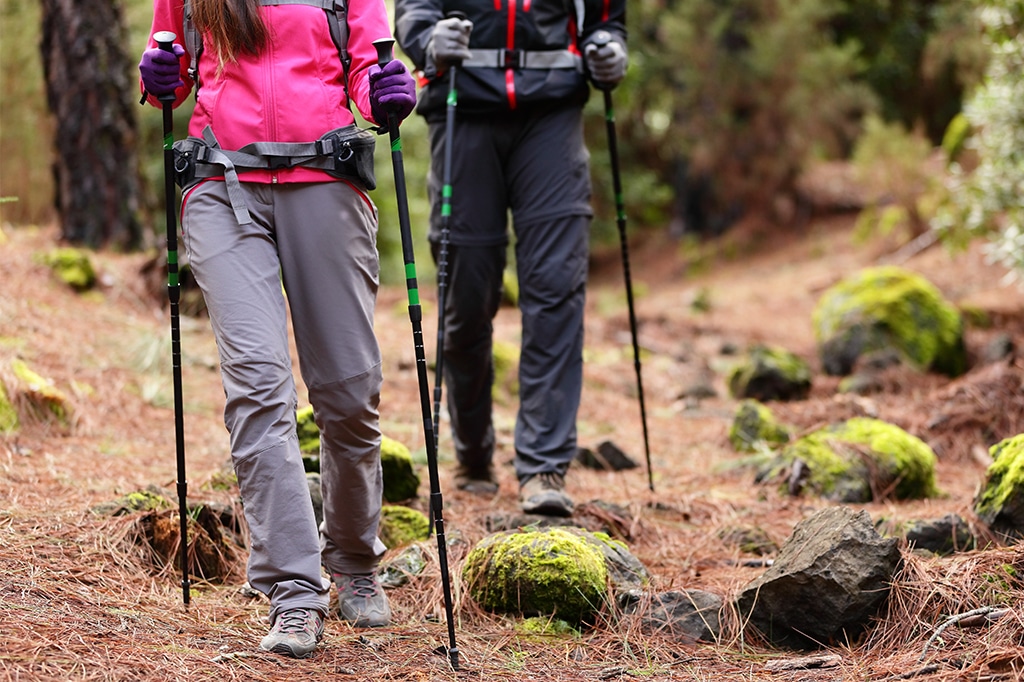
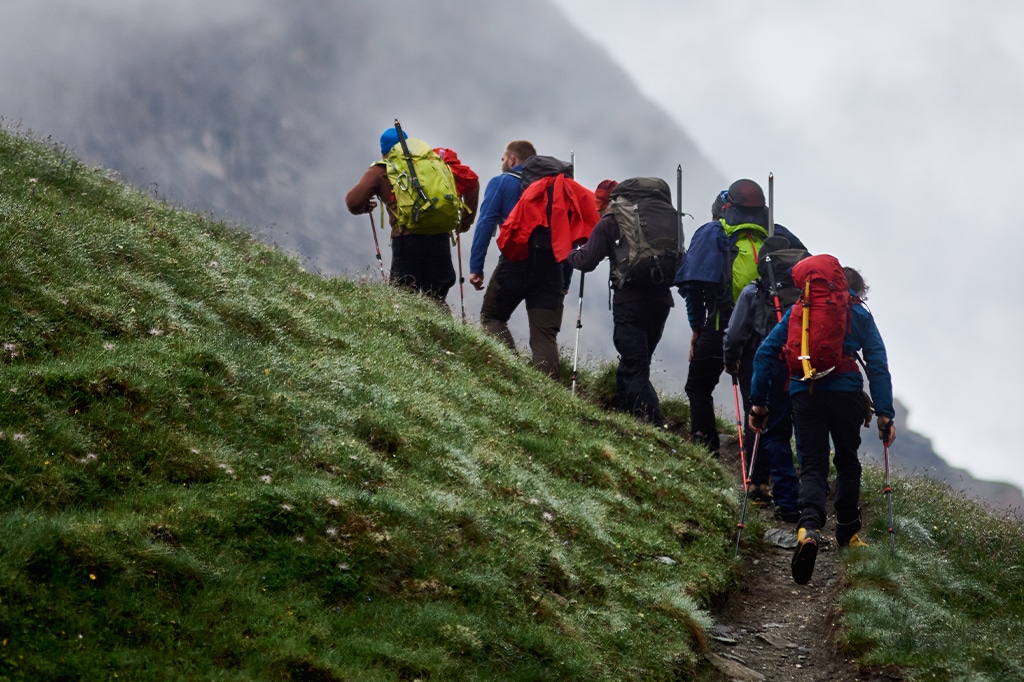
For your equipment, you may need to pack the following things:
1. Sleeping bag
The sleeping bag is one of the most essential things to pack for your night’s rest. It’s best to go for a four-season sleeping bag right away instead of three seasons to better prepare for the cold.
2. Collapsible trekking poles
Trekking poles are essential tools that help greatly during your descent. It’ll support your knees when you go down the mountain, provide balance and improve endurance.
3. Inflatable camp pillow (optional)
An inflatable camp pillow is a great comfort boost, but not a necessity. However, if you want to get comfier during your sleep, you may bring this one.
4. Headlamp with few extra batteries
A headlight is essential when you go to the loo at night and head out for the summit at around midnight.
As you might already know, there are no charging facilities in Kilimanjaro, so bringing a few extra batteries for your headlight is a must.
5. 70L to 90L duffel bag
Your duffel bag will be used for your equipment. This will be carried by the porters that will be with you.
6. 30-35L day backpack
This will be used to carry your gear.
Nutrition
When you’re on Mount Kilimanjaro, there’s nothing to worry about regarding your nutrition. We’ll assign a cook for you and ensure to offer nutritious foods for a successful climb.

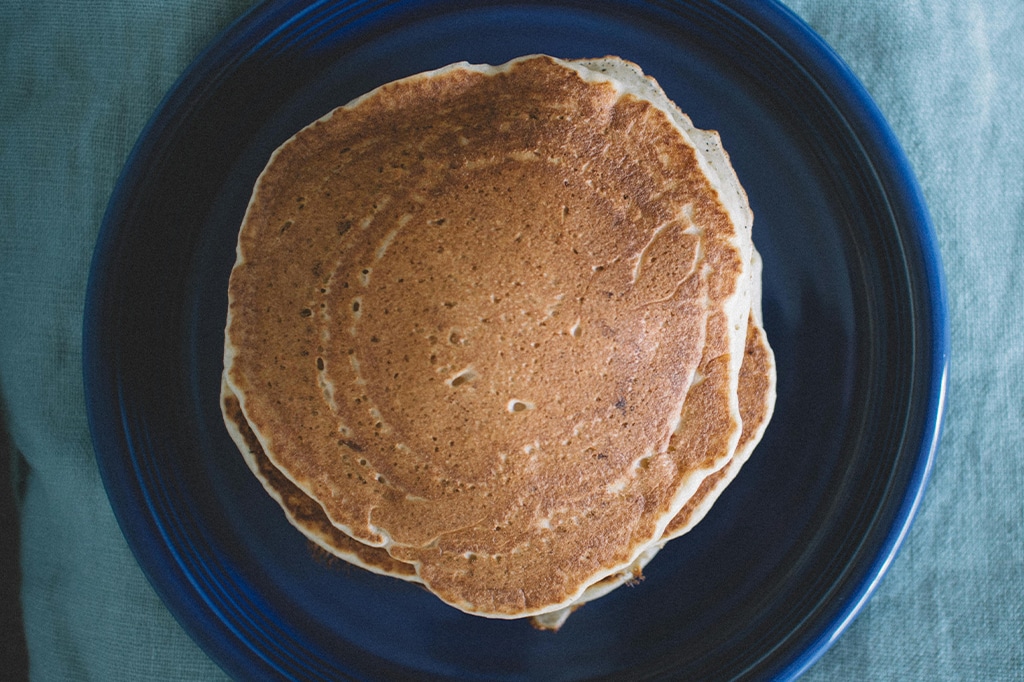
The food in the expedition includes easy-to-digest food yet is good in furnishing you with energy and appetite. Expect a combination of protein, carbohydrates, fruits and vegetables, and of course, water.
Breakfast on Mount Kilimanjaro may include the following:
bread
chapati
eggs
pancakes
porridge
plantains
sausage
hot chocolate
tea
coffee
fruits
Meanwhile, lunch and dinner may consist of the following:
rice
vegetable
meat
peanuts
soup pasta
plantains
fruits
Hygiene
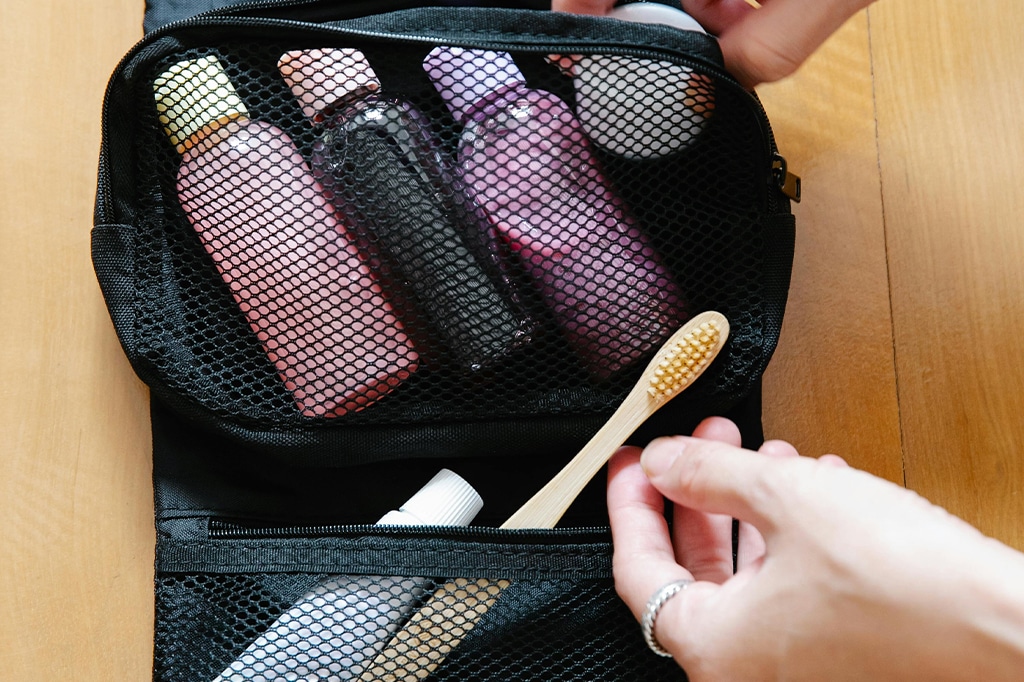

On Kilimanjaro, there are no bathing facilities or showers. However, there’s some hot water available at camps for washing your hands and face to at least keep you clean somehow.
For your hygiene kit, you may opt to bring the following:
Toothbrush
Travel-sized toothpaste
Dry shampoo
Hairbrush (small)
Face towel
Sunscreen
Safety | first aid & travel documents
For your safety, it’s a must to have the following essential items with you:
For first aid


1. Altitude drugs
Since altitude drugs have side effects, make sure to consult a doctor before using them. One of the popular altitude drugs is Diamox. This is used to prevent and reduce altitude sickness symptoms like tiredness, headache, nausea, dizziness, and shortness of breath.
2. Personal medication
Bring along with you Imodium or Lomotil in case of diarrhea, antibiotics for infection, headache painkillers, such as Ibuprofen or Tylenol.
3. Oral rehydration sachets
These items will help you restore the salt that you’ve lost while hiking, keeping you rehydrated.
4. Eye drops
This can help you combat eye irritation due to dust.
5. Sunscreen
Getting sunburned is pretty serious at high altitudes. So, having something to protect your skin is a must. Bring along sunscreen with you, preferably with high SFP and a waterproof one to prevent frequent reapplication.
6. Bandages, plasters, and zinc oxide tape
These are some of the essentials when you get some cracked skin or small cuts.
Travel documents & others
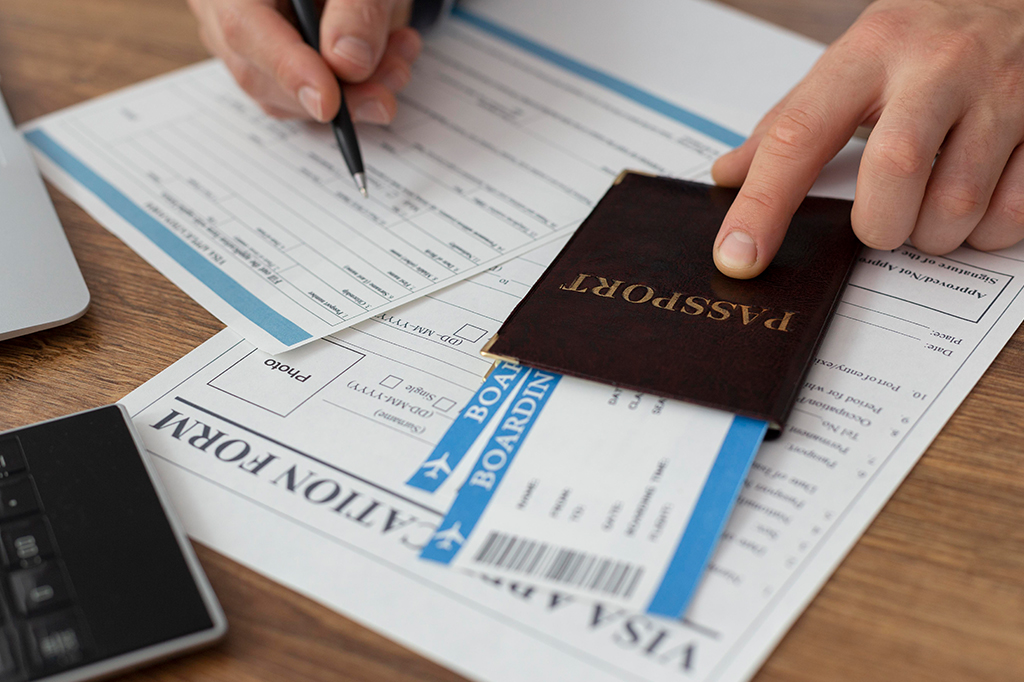

1. Travel insurance
This is a must-have while traveling. Travel insurance gets you covered just in case the unthinkable happens, like losing your passport, baggage, and other essential things such as medical emergencies.
Make sure to keep a paper copy just in case you can’t use your phone.
2. Flight details
The airport security will ask for your flight details, so it’s best to keep a paper copy of it to have a smooth travel experience.
3. Money
Money will surely save you while traveling. Thus, bring some cash with you, along with credit cards, to ensure you won’t lack anything while being in a foreign land.
3. Photocopy of your passport
Snap some pictures of your passport and get a photocopy of it before heading out to your Tanzanian adventure. This is to ensure you’ll have something to show to the authorities in case of loss or theft.
Other essentials


1. Water bottle
Bring a water bottle with you during your trek to keep you hydrated. Opt for an insulated water bottle to keep it from freezing on summit day.
You will get a penalty from the mountain rangers if you bring a plastic water bottle to the mountain as its use is now considered illegal.
2. Hand warmers
Snap some pictures of your passport and get a photocopy of it before heading out to your Tanzanian adventure. This is to ensure you’ll have something to show to the authorities in case of loss or theft.
3. Plug adaptor
If you easily get cold, bringing hand warmers and putting them within your mitts can be beneficial in giving you extra warmth.
4. Pee bottle
If you easily get cold, bringing hand warmers and putting them within your mitts can be beneficial in giving you extra warmth.
How cold does mount Kilimanjaro get?


Mount Kilimanjaro’s weather can alter from very hot to extremely cold within the same day.
The temperatures on the mountain depend more on the altitude and the time of the day. It doesn’t undergo temperature changes every season due to its closeness to the equator.
Furthermore, the base of Kilimanjaro has an average temperature of 70°F to 80°F or 21 to 27°C. Meanwhile, the summit—Uhuru Point can vary between 20°F and -20°F (-7°C to -29°C).
Expect the temperature to fluctuate as you ascend to the five ecological zones.
Conclusion: Get ready for your Kilimanjaro adventure!
Now that you know what to pack for your Kilimanjaro climb, make sure that you’re healthy enough for this endeavor. It would be best to let a doctor check if you’re capable physically to do this challenge.
You may also get a prescription for altitude drugs to help you with your climb once the doctor finds you healthy enough for the trek to Kilimanjaro. However, this doesn’t stop here.
Make sure that you’ll undergo at least two to three months of training and cardio exercises to ensure success in climbing the highest peak in Africa!
Now that you’re reading for your Kilimanjaro adventure, contact Easy Travel today to start planning your life-changing climb up the tallest freestanding mountain in the world!
Frequently Asked Questions – Climbing Kilimanjaro (FAQs)
1. What is the Best Period to Climb Kilimanjaro?
The best period to visit Kilimanjaro is during the dry seasons – January to mid-March and June to October. During these periods, the skies are clear, and the chance of precipitation is low, improving visibility and hiking conditions.
However, Kilimanjaro is accessible year-round, and some climbers opt for the rainy seasons to avoid crowds. Remember that climbing during wet periods means more challenging trail conditions and a need for waterproof gear.
2. How Fit Do I Need to Be to Climb Kilimanjaro?
While you don’t need to be an elite athlete, a moderate fitness level is required to climb Kilimanjaro. The trek involves multiple days of hiking, sometimes up to 12 hours a day, with gradual increases in altitude.
Stamina, endurance, and mental determination are vital. Start training a few months in advance, focusing on cardio exercises, strength training, and hiking with a loaded backpack to be aptly prepared.
3. What Are the Symptoms of Altitude Sickness?
Altitude sickness, popularly known as Acute Mountain Sickness (AMS), can manifest as headaches, exhaustion, loss of appetite, shortness of breath, or difficulty sleeping. It’s a common occurrence when climbing Kilimanjaro due to the high altitudes achieved.
Proper acclimatization and a slow ascend can effectively manage and minimize these symptoms. Always keep your guides informed about your feelings, and never ignore severe symptoms.
4. Do I Need a Guide to Climb Kilimanjaro?
It’s mandatory to have a guide for climbing Kilimanjaro. The Kilimanjaro National Park regulations require every climber to be accompanied by a certified guide for safety and security reasons.
Guides lead the way, monitor your health metrics, and provide essential support, making your climb safer and more enjoyable.
5. Is Climbing Kilimanjaro Dangerous?
Despite being a high-altitude summit, Kilimanjaro is considered one of the safest mountains to climb if caution is exercised. Risks include altitude sickness, hypothermia, and injuries from falls, but with experienced guides and proper acclimatization, these are significantly minimized. Having a comprehensive travel insurance policy covering high-altitude trekking is always imperative.
6. What Should I Pack for Climbing Kilimanjaro?
Your packing list should encompass warm clothing (base layers, insulation layers, outer layers), high-quality trekking boots, a sturdy backpack, a four-season sleeping bag, trekking poles, a headlamp, plenty of water, and high-calorie snacks. In addition to these, pack essential toiletries, a basic first-aid kit, relevant travel documents, cash, and, optionally, a camera or smartphone to capture unforgettable moments.
7. What are the Most Popular Routes to Climb Kilimanjaro?
Seven official routes to climb Kilimanjaro are Marangu, Machame, Lemosho, Shira, Northern Circuit, Rongai, and Umbwe. The Machame and Marangu routes are the most popular due to their straightforward climbs and stunning views. However, every route has its distinct advantages and levels of difficulty, so your choice should depend on your fitness level, desired scenery, and the duration of the trek.
8. How Long Does It Take to Climb Kilimanjaro?
On average, it takes about 5-9 days to climb Kilimanjaro, depending on the chosen route. The more extended routes, such as Lemosho and Northern Circuit, allow for better acclimatization, increasing the chances of a successful summit. Budgeting a few extra days for travel to and from Kilimanjaro and possible rest days post-climb is advisable.
9. What Food Will I Eat on the Mountain?
Your climbing package usually includes all meals during the trek. Kilimanjaro diet typically consists of high-energy and easy-to-digest foods to keep you fueled and nourished. Expect a combination of proteins (beans, lentils, eggs, chicken), carbohydrates (rice, pasta, bread), fruits, and vegetables. Special dietary requirements can often be catered to with prior notice.
10. Do I Need Any Special Training to Climb Kilimanjaro?
While no technical climbing skills are necessary, physical preparation is crucial for a successful Kilimanjaro climb. Regular cardio workouts, strength training, and vigorous hikes can help your body adapt to the challenges of the climb. Additionally, high-altitude hikes can assist in acclimatizing your body to the thin air at higher altitudes.



